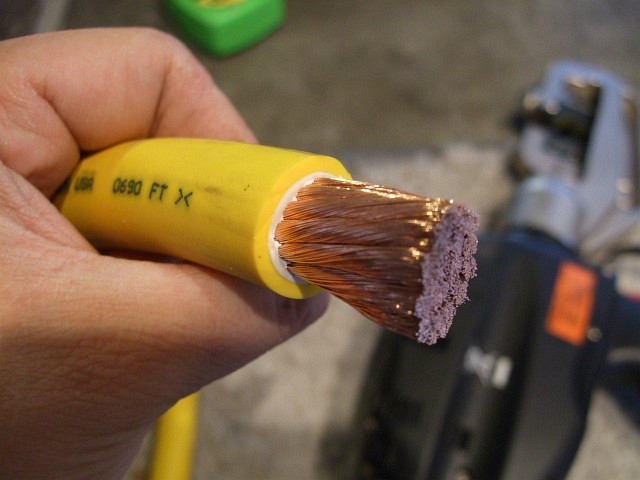OldShooter
Give me a museum and I'll fill it. (Picasso) Give me a forum ...
You are talking about the "gas tight" connections I mentioned.... the spiral wire inside the nut cuts into the soft copper wires, and the contact areas are sealed against oxidization. ... One needs to tighten enough to smash the copper wire to seal the contact area against air. ...
I think the design of those also creates gas tight connections when the screws are properly tightened.Still, I am impressed that the Wago connector worked so well. I did not expect it to stand up to 70A even when new. I believe this is widely used in Europe, and the Europeans are of course no dummies. So, there's something about the construction of that connector that makes it better than imagined. ...
When asked about the reliability of a satellite electronics package, the reliability guys only want to know about the number and type of connections. Wire bonds between silicon chips and their packages, soldered plated-through holes between the package pins and the circuit board, flip-chip solder bonds, pins and sockets at the edges of the cards, ... and so on. They have failure rate numbers for every type of connection. After the electronic circuits themselves are tested and burned in and after the shake-rattle-roll testing, in the end it is the connections that dominate reliability.... aerospace connectors I saw were all with crimp contacts. ... The contact pins crimped onto the wires are all gold plated.


